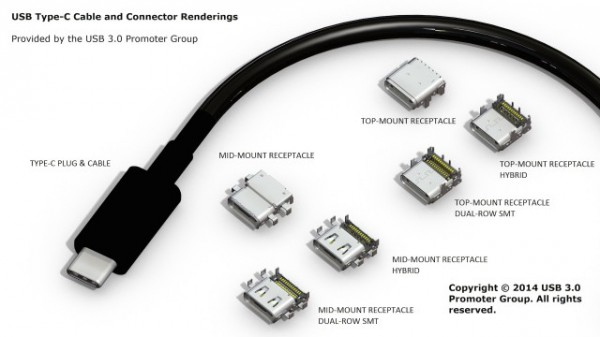Get ready to enjoy that reversible USB Type-C connector

USB 3.0 Promoter Group announces that the much-awaited USB Type-C connector, which can be plugged in both ways, is now finally ready to enter mass production. It makes way for faster transfer speeds, courtesy of the USB 3.1 standard, increased power delivery, more compact device designs and, arguably, fewer moments of frustration thanks to its reversible orientation, which is similar to that of Apple's Lightning connector which launched in 2012.
"Interest in the USB Type-C connector has not only been global, but cross-industry as well", says USB 3.0 Promoter Group chairman Brad Saunders. "Representatives from the PC, mobile, automotive and IoT industries have been knocking down our door anticipating this new standard. This specification is the culmination of an extensive, cooperative effort among industry leaders to standardize the next generation USB connector as a long-lasting, robust solution". Here is what else you should know.
The USB Type-C connector is touted to be more durable yet slim enough to work well in mobile devices. Its size is similar to that of the USB 2.0 Micro-B connector, which is prevalent nowadays in non-Apple smartphones and tablets. The opening is roughly 8.4 by 2.6 mm. And, it should last for up to 10,000 plugging cycles.
Maximum transfer speeds are 10 Gbps. Its power delivery of up to 100W is more than enough to charge typical laptops and ultrabooks. It also supports scalable power charging, with its power delivery capacity said to be 3A for standard cables and 5A for connectors.
As you can probably image, thanks to its design, the USB Type-C connector will not be compatible with existing Type-A, Type-B and Micro-B receptacles, meaning you will likely need an adaptor to use it or new devices that support it. The good news in relation to compatibility is that a number of major companies, like HP, Intel and Microsoft, are standing behind USB Type-C.
